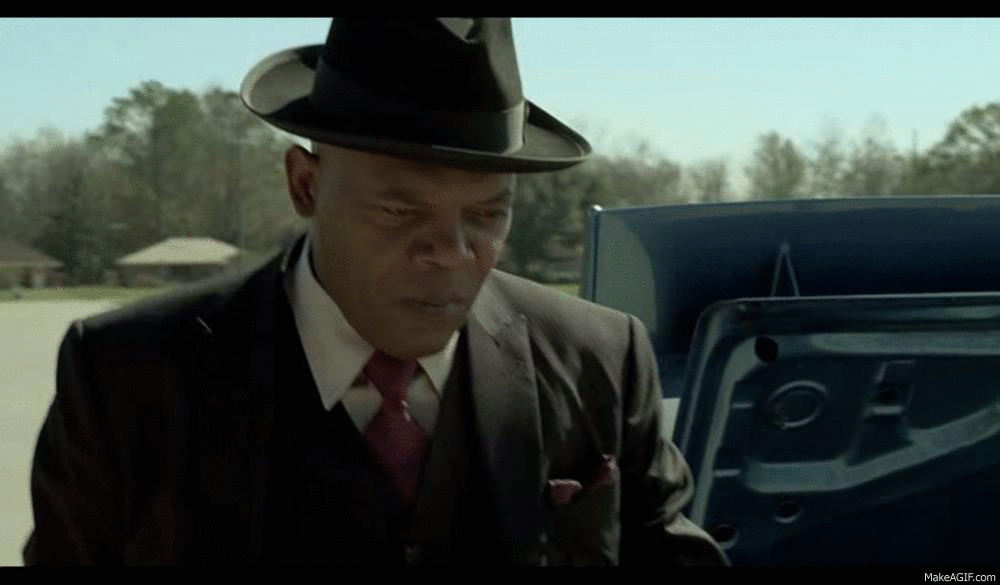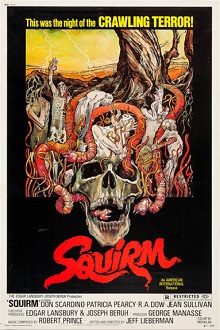Plot Summary
The Good
The Bad
Judgment
Closing
Introduction
In today's entry, we take a look at the Mike Mendez' horror flick, The Convent. With its low budget effects and costumes, it's a great film for the end of October (and Part 4 of Shocktober) since the best Halloween costumes are often made on a budget.
So, let's see if the same is true of B-Horror movies, as we settle into weighing the good and the bad of this flick,
Back to Top
Plot Summary
In the middle of the 20th century, a convent of nuns ran a school - until one of the students went mad and slaughtered them all before setting the place aflame.
Come 2006, it's tradition for the local universities' sororities and fraternities to try to paint their letters on the old convent's bell tower. Clarissa's troop of newly minted preppy friends is new exception, and everything is going great for her until an old friend from a past she'd rather forget asks to go with them to the old, burned out convent.
In the end, Clarissa's old friend Mo (Megahn Perry) comes with them, and they all wander through the convent. However, instead of finding the bell-tower, they find Satanists who are trying to bring forth the devil himself. Instead, chaos is brought into the old hilltop religious building - unleashing a demonic deluge that surely no-one will survive.
Clarissa and her friends are about to find out that no matter how hard you pray, you're damned when you enter The Convent!
Back to Top
The Good
This movie wastes no time whatsoever setting things up or putting things in motion.
The opening scene gives us one perspective of the urban myth about the titular convent, and from there we're immediately introduced to Clarissa's trying to gel with a new set of friends. This quick and dirty introduction is appreciated, because it gives the movie a great deal of room to expand things - maybe introduce competing perspectives on what happened in the convent, or really get into why Clarissa is looking for new friends when the old ones still seem to be around. But more on that later.
After this quick introduction things move along at a steady clip. The spooky convent and the woman responsible for the shooting at it are visited, and a great deal of tension is built up around the old burned out building. There's also quite a bit of humour and self awareness involved in these first tens of minutes. Some examples are:
And, without pictures, an exchange between the group's men that ends with the conclusion that they need to go back for the druggie's stash; plus a brief and direct Scooby Doo reference.
All of this humour and self-awareness make the movie feel like it's getting to something, like it's really on its way to telliing a horrific story that plays with the audience's expectations.
Back to Top
The Bad
However, The Convent never gets that far.
After the movie's introductory moments are gone, they're never revisited. Instead, we're left with two thirds that could double as a Benny Hill sketch with just a little bit of redubbing.
Now, this shift to true b-movie stuff wouldn't be so bad if the start of the movie hadn't been so promising.
If the movie opened with cheesy lines and demons trying to convert the living, then that's being the focus of the last two thirds wouldn't be an issue. What's worse though, is that once the movie's big bad demons appear it becomes terribly uneven.
One minute, we're skulking about the convent with one of the gang, trying to find the others, the next we see the demons traipsing about and doing whatever it is that demons do in this movie (their workings/weaknesses being explained not being one of these things).
By the time the final scenes of the movie show us some genuine b-movie badassery, things have been too incoherent for anyone other than the most diehard of horror fans to have lost interest and dismissed this movie as nothing more than a disappointment.
Back to Top
Judgment
The Convent is simply a letdown. It's a movie that clocks in at just slightly over an hour, and opens with such snap and self-confident ease. But that confidence erodes by the time the demons appear.
However, the erosion of a movie's confidence and atmosphere is one thing, frustrating an audience's expectations only to later follow some of the laziest horror tropes is the mark of nothing more than a bad movie.
There's really no other way to say it. If it had gone all out on its tropes or been as original as possible within the limits of its story, then it could have been a great bit of entertainment like Leprechaun in the Hood, or a neatly layered horror tale as was Silent House.
So, Freya, there's no need to skim the stinking Field of Fallen Films for the sake of The Convent. Let it be where it lay, and may its name be reluctantly whispered even among midnight cauldron stirrers.
Back to Top
Closing
Check back here tomorrow for Annotated Links #23, a collection of five links that share some common thread and that are also pretty cool!
Back to Top





























